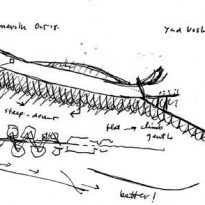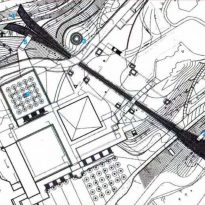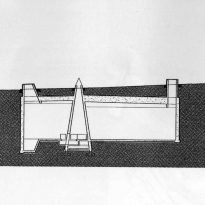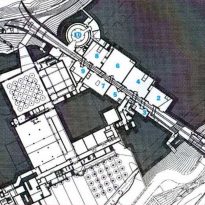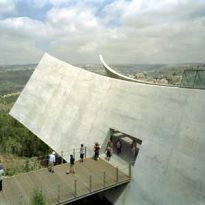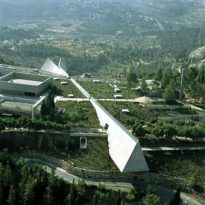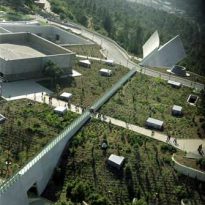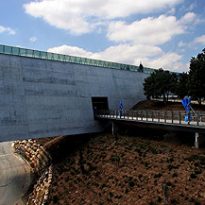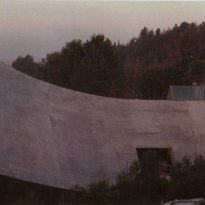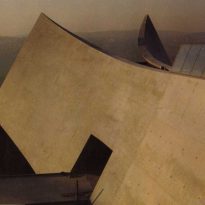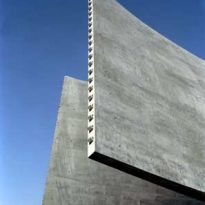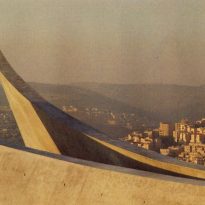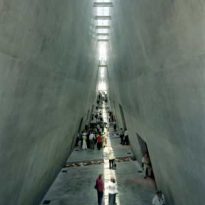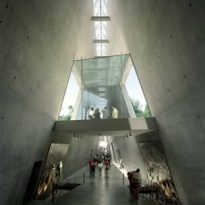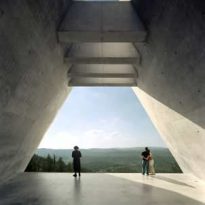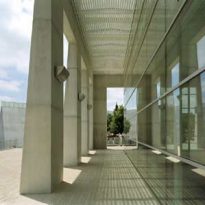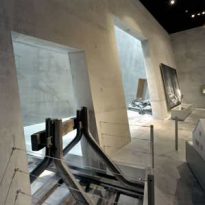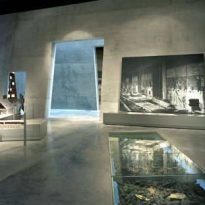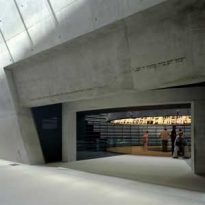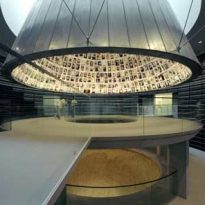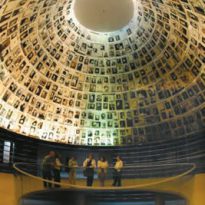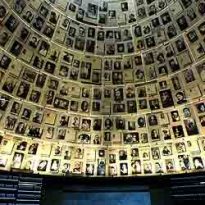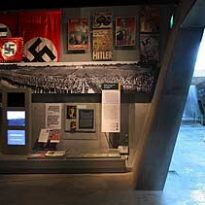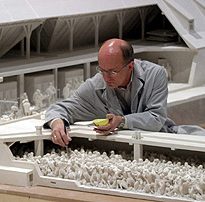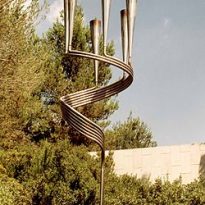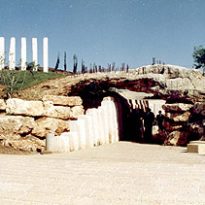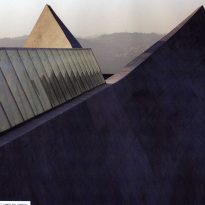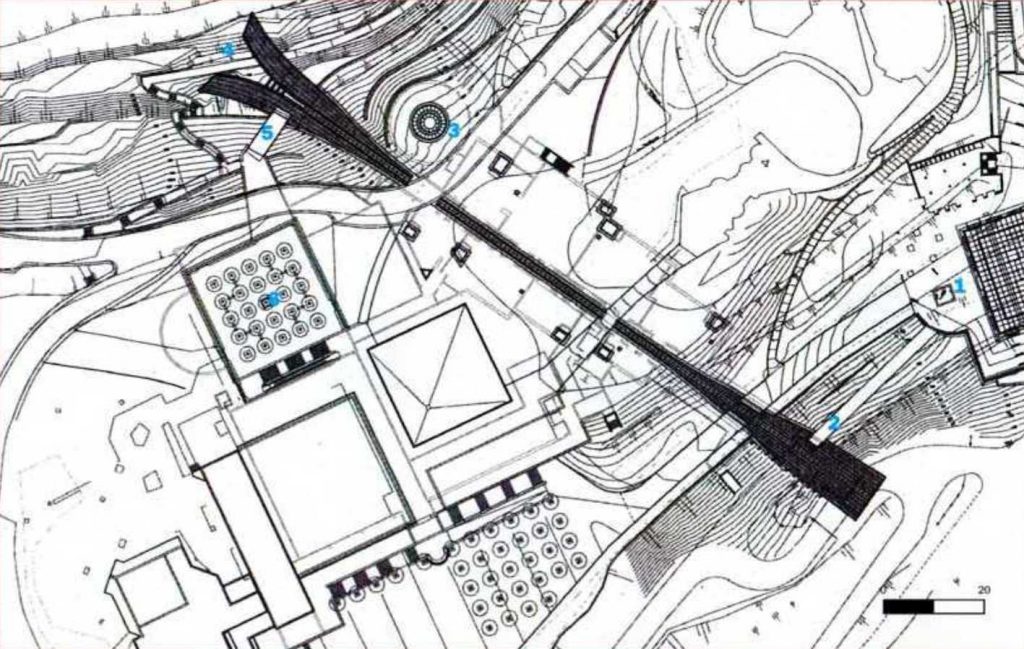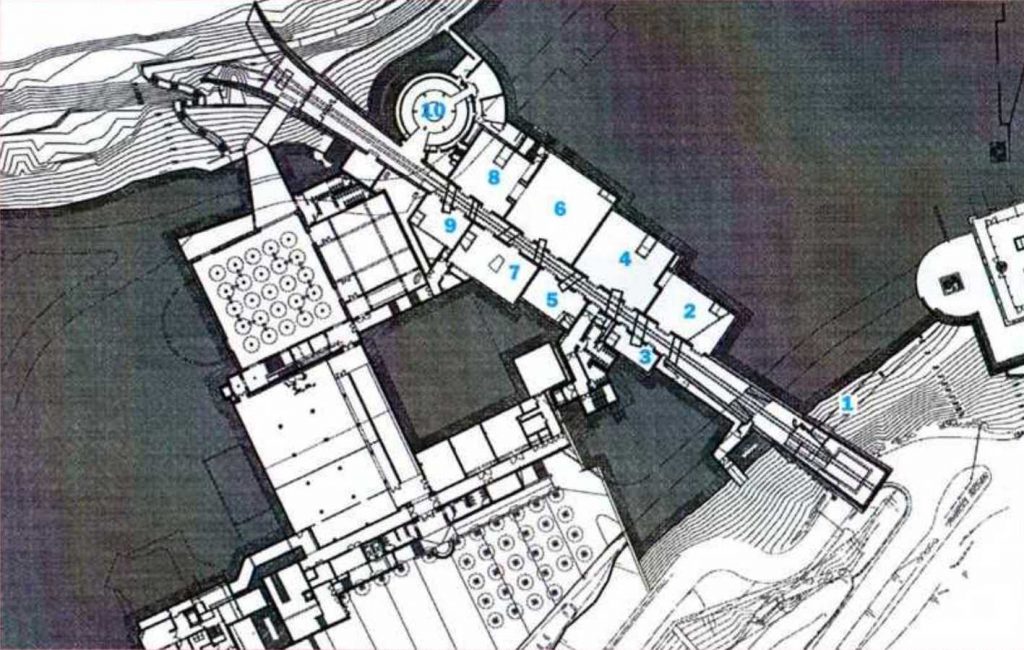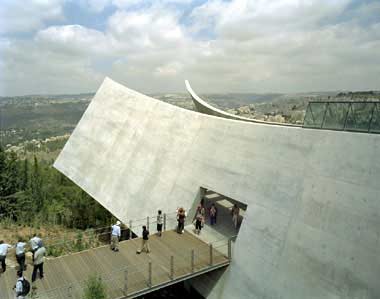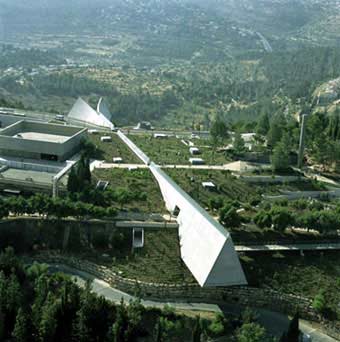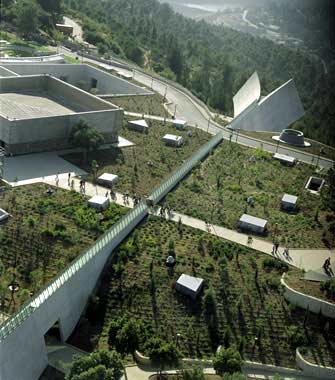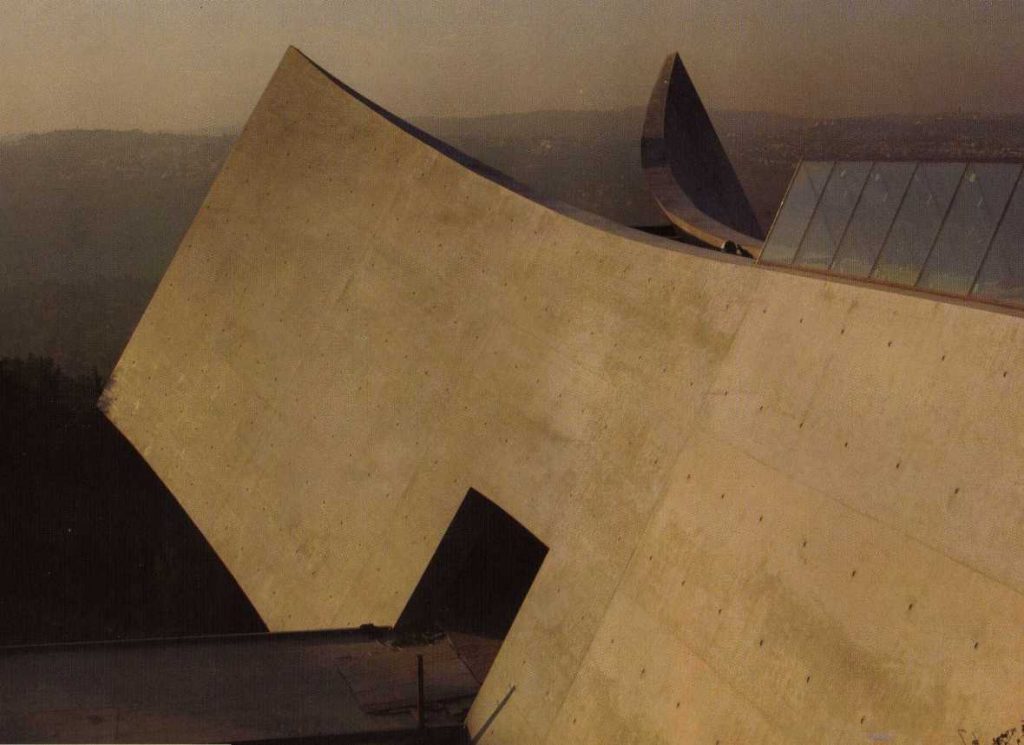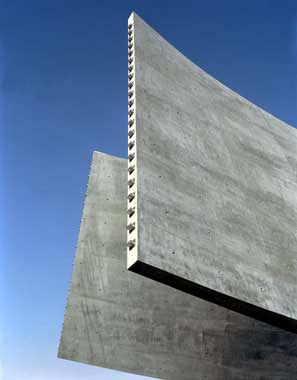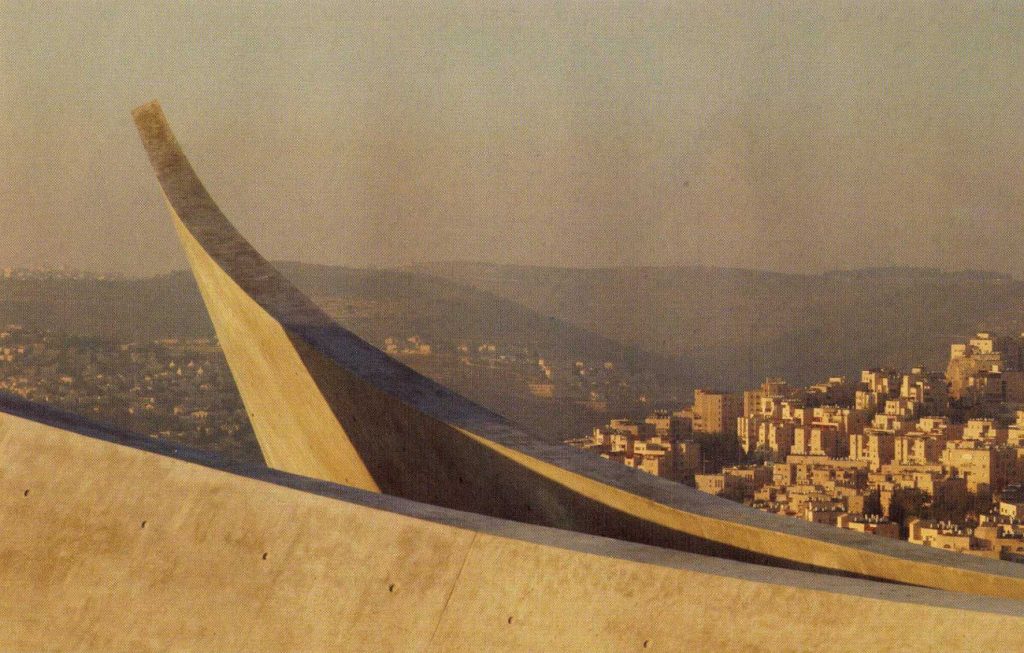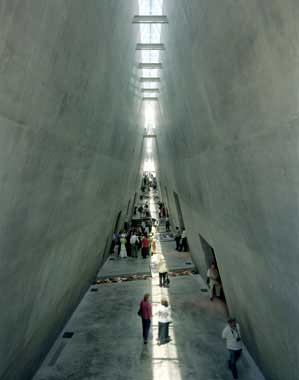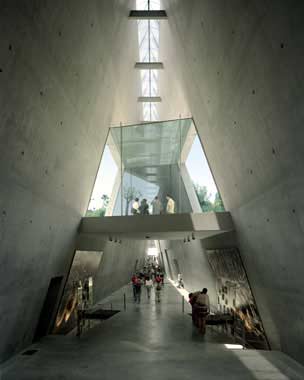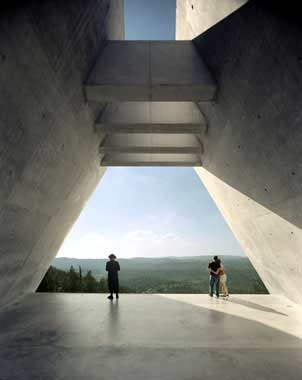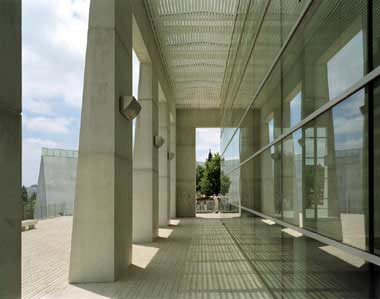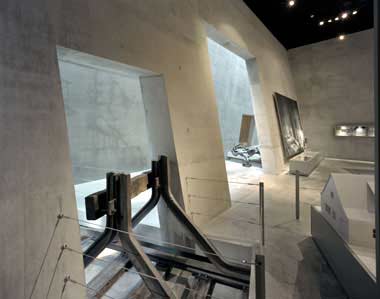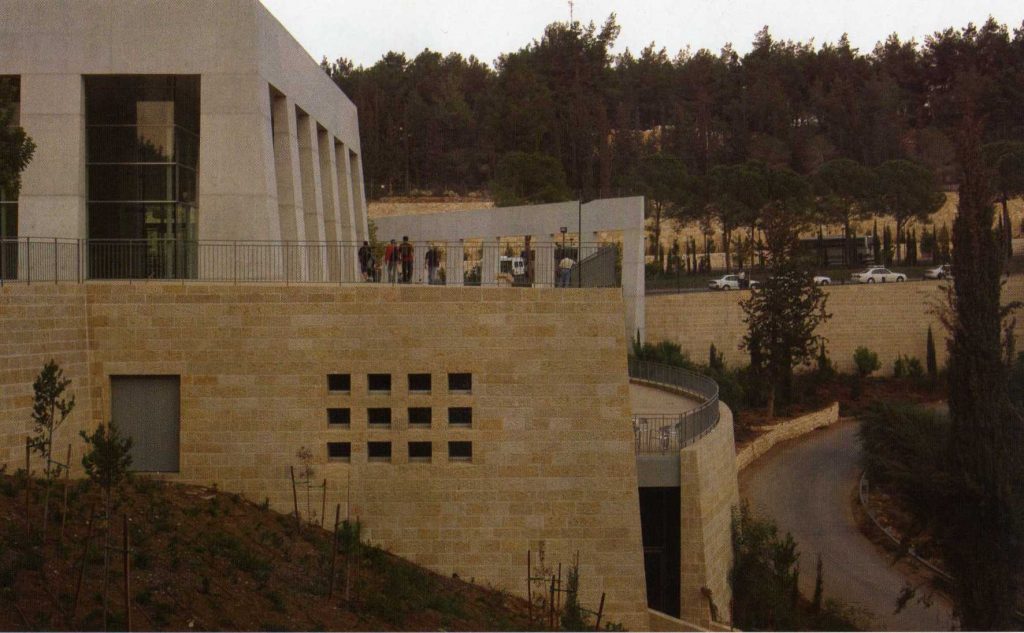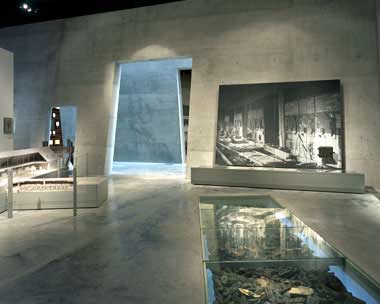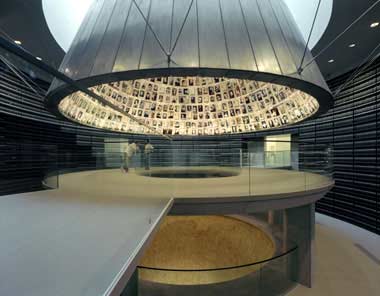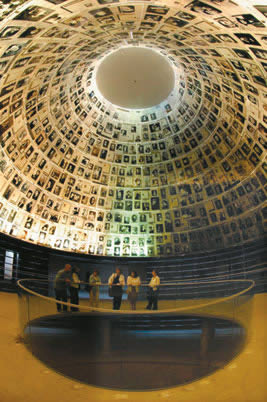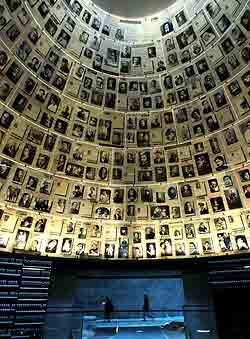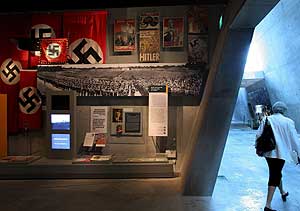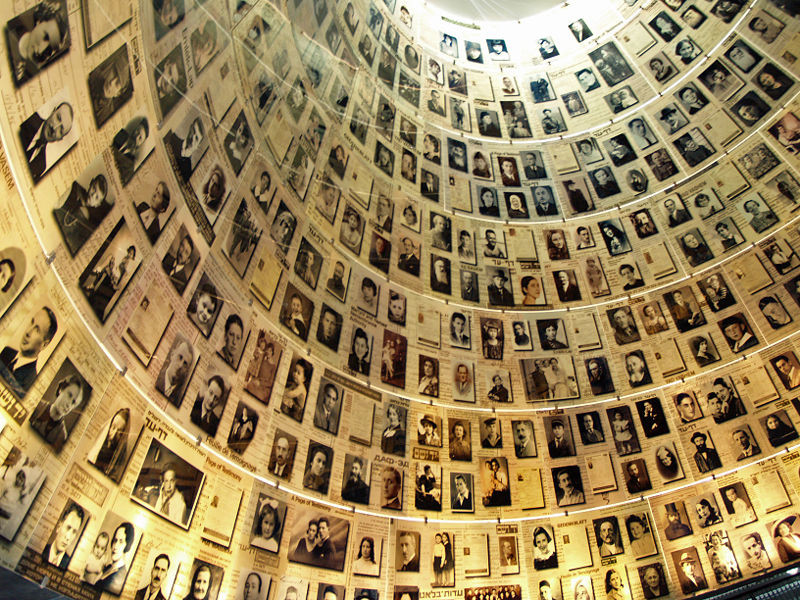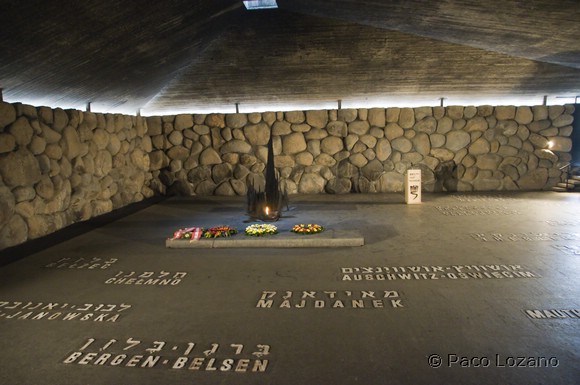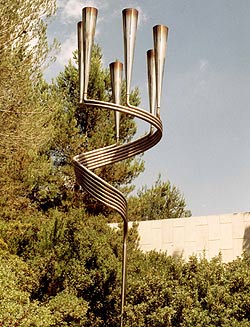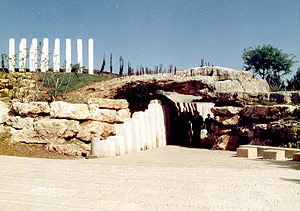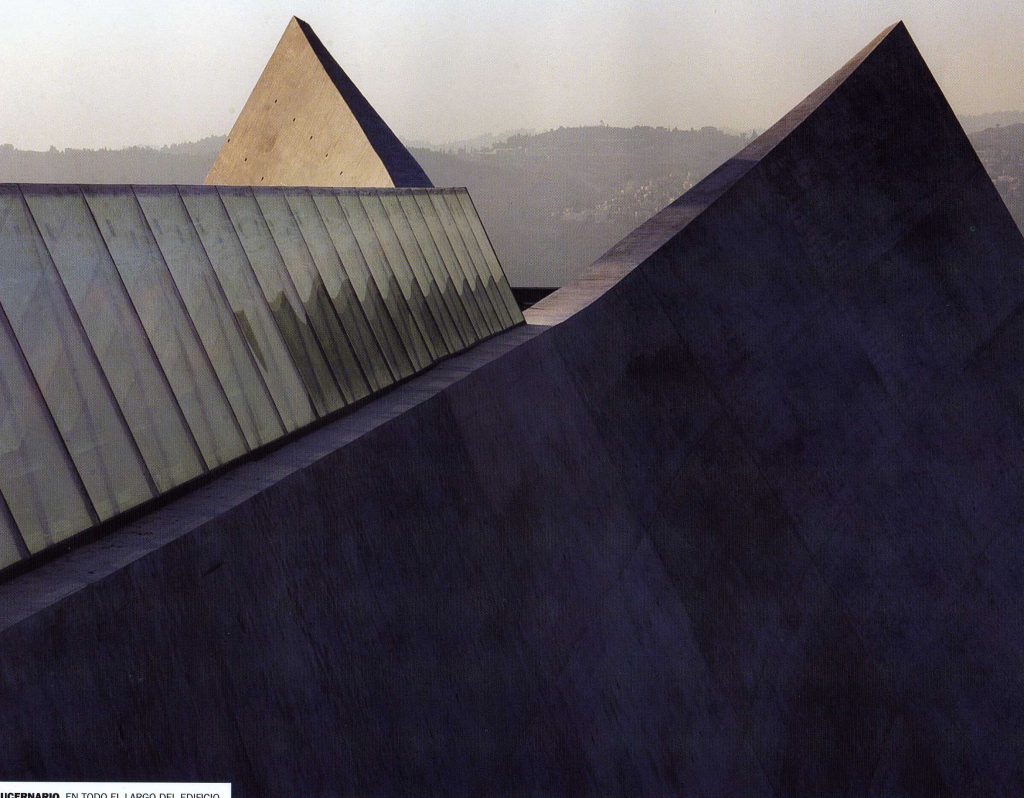Yad Vashem Holocaust History Museum

Introduction
The architect Moshe Safdie took on the challenge of designing a new Holocaust Museum in Jerusalem. With a mission to reproduce the story narratively generated interesting and emotional experience for visitors.
The work must integrate the campus of Yad Vashem, the organization that is responsible for the commemoration of the martyrs and heroes of the Holocaust, which was the principal who commissioned architect design.
The Yad Vashem Memorial and Institute includes several memorials, a historical museum, a central archive and a research and documentation of the Holocaust.
The museum was founded in 1953. The current building is more than three times the size of the former. Upon his inauguration in March 2005 attended political leaders around the world.
The work was awarded the Prince of Asturias Award for Concord 2007.
Location
The Museum is located on Har Hazikaron, which means in Hebrew the Mount of Remembrance. It is a hill located in the extreme west of Jerusalem, semi-desert.
Concept
A giant concrete prism through the Mount of Remembrance, digging into the depths of the earth and bringing visitors to a strong sensory experience while zigzagging runs so different rooms. With this proposal, the architect achieves an atmosphere and ambiance that places in context and perpetuates the memory and lessons of the Holocaust for future generations.
Spaces
The structure that cuts the 182 meters from Monte, mostly underground with a large skylight and longitudinal hosts a modern museum immerses visitors in the depths of the abyss and then rises to contemplate from a balcony, between huge wings cantilever, the play of light on the new state of Israel and Jerusalem.
Visitors enter through a bridge tangential and can look to the light at the end and throughout the building, but feel the oppression that create the sloping walls of the prism. And they are required to follow the meandering path of the galleries in strict order, back and forth through cracks in the concrete of the central corridor.
As the story about Auschwitz, the floor slopes slightly downward, as if the person will delve into the earth. The concrete deepens palette photos and black and white documentary on display. Unfinished surfaces cause a normal life awful feeling dehumanized, mixed metal, bones and ashes.
The highlight is the Hall of Names, created by designer Dorit Harel museum, a repository of the testimonies of the 6 million Holocaust victims, half of which are still unknown. In the center, as a mausoleum, a dome on top played thousands of photographs and names drawn from the ‘Pages testimonies’.
One of the side rooms show flags with swastikas and Hitler posters that reflect the symbolism of the Nazi force.
The main memorial Yad Vashem is the Hall of Remembrance (Ohel Yizkor), an austere concrete-walled structure, lower deck, which is empty except for an eternal flame. On the pavement of black basalt are engraved the names of 21 death camps, concentration camps and Nazi killing sites in Central and Eastern Europe. A crypt in front of the flame contains ashes of victims.
Access to the Hall of Remembrance is lined with trees planted in honor of the “Righteous Among the Nations,” more than 16 000 non-Jews who risked their lives to try to save Jews.
The Children’s Memorial is a sculpture that reminds the Jewish children who perished (approximately 1,500,000). It is an underground cave in which the flickering flames of candles reminders are reflected to infinity in tiny lights that stand out in the dark.
The Historical Museum is the centerpiece of Yad Vashem, which exhibits the history of the Holocaust in chronological order through photographs, objects, documents and audio-visual resources.
The Yad Vashem archive collection is the largest and most extensive in the world. This includes 55 million pages of documents, nearly 10,000 photographs, films and videos with testimonies of survivors. The library contains more than 80,000 titles, newspapers documents.
The National Institute for Holocaust Research coordinates and supports research at national and international level, organizes conferences and symposia and publishes a variety of important works on the Holocaust, including diaries and memoirs. Also, one of the fundamental objectives of Yad Vashem is education. International School for Holocaust Studies courses held annually for more than 100,000 students, 50,000 soldiers and thousands of educators.
A metal chandelier with six arms was installed as a symbol of the Jews who died and is also museum logo. Every year on the day turns to commemorate the martyrs of the Holocaust.
